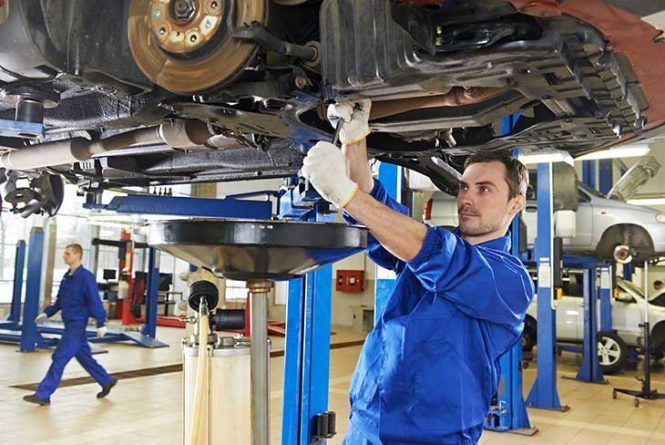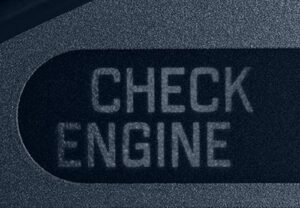

Malfunctioning car accessories can significantly impact vehicle performance and safety. This comprehensive guide dives into the intricacies of dealing with these issues, providing insights into identification, diagnosis, and effective repair techniques. This article aims to empower readers with the knowledge and solutions needed to tackle car accessory problems effectively. We’ll cover everything from simple checks to more complex troubleshooting steps. This detailed guide will present various causes of malfunctions, offering practical solutions for different scenarios. The structure of the guide includes understanding malfunctioning symptoms, diagnosing the exact component at fault, and finally, how to effectively resolve the problem, whether it’s DIY-able or requires professional intervention.
Understanding Malfunctioning Symptoms
Identifying Early Warning Signs
Malfunctioning car accessories often manifest with subtle symptoms that can be easily overlooked, potentially leading to more significant problems down the road. Careful observation and attention to detail are key in identifying these early warning signs. For example, intermittent operation of the power windows or a dashboard warning light signaling a potential electrical issue are both clues to investigate. A sputtering engine, despite proper fuel supply, or strange noises from components such as the air conditioning system could point towards more complex issues and may require immediate attention.
Diagnosing the Specific Problem
Pinpointing the exact component responsible for the malfunction is crucial for effective repair. Various symptoms can originate from different sources, making proper diagnosis essential for addressing the issue correctly. For instance, a grinding noise coming from the steering wheel could indicate a problem with the power steering system, whereas a clicking sound when engaging the accessories could point to issues with the starter or alternator. Systematic checks and thorough inspections play a critical role in pinpointing the specific source of the problem.
Diagnosing Malfunctioning Components
Electrical System Issues
Problems within the electrical system often manifest as intermittent functions, electrical short circuits or warning lights. A common example is faulty connections within the wiring harness or corroded terminals within the battery and fuse box. These often cause problems with the interior lights, wipers, or other electrical components, potentially even leading to complete system failure.
Mechanical Issues
Mechanical problems might manifest through unusual sounds or a complete failure to function. For example, a squeaking noise emanating from a certain part of the car could point to worn belts or bearings. Similarly, a complete lack of function could indicate a damaged or defective part like a cracked door lock, an obstructed wiper system, or a damaged power mirror assembly. Systematic checks are often essential to identify the source of these types of malfunctions.
Troubleshooting Common Malfunctions
Power Windows and Locks
Power window problems often result from faulty motor components, obstructed mechanisms, or wiring issues. Problems with power locks commonly relate to faulty actuators, obstructed mechanisms, or electrical problems. A simple visual check can frequently locate such problems; a simple fix may be all it takes.
Steering Issues
Problems with the power steering system often involve worn-out parts, such as belts, hoses, and components. The symptoms could range from a strange noise or a lack of proper steering assistance. A visual inspection and careful evaluation of the car’s steering components are critical for pinpointing the underlying issues. A qualified mechanic’s expertise could be beneficial when tackling problems like this.
Maintaining and Preventing Malfunctions
Regular Checks and Maintenance
Regular car maintenance, including checks of fluid levels, belt tension, and connector cleanliness, is vital in preventing malfunctioning components. Routine checks can often detect minor issues early on, thereby preventing bigger problems in the future.
Proper Use and Handling
Proper use and handling of accessories significantly impacts longevity. For example, avoid sudden, forceful operations to prevent immediate damage. Avoid over-reliance on accessories as well, opting for manual operation whenever possible to prevent overuse or overstress.
Seeking Professional Assistance
When to Seek Help
While many issues can be addressed with basic troubleshooting, situations involving complex mechanics or electrical malfunctions require the expertise of trained mechanics.
Finding a Trusted Mechanic
Locating a trusted mechanic is critical to obtaining reliable and effective solutions for issues. Referrals from friends, family, or online reviews can help find the correct mechanic.
In conclusion, dealing with malfunctioning car accessories is a common issue that can significantly impact driving experiences and vehicle performance. This article provided a comprehensive guide, offering insights into identifying, troubleshooting, and resolving various types of malfunctioning issues. By understanding the potential causes, you can effectively maintain and repair your vehicle’s accessories, maximizing their lifespan and ensuring safe and reliable operation on the road. Remember to consult qualified mechanics for complex problems or situations outside your expertise. Regular maintenance and proactive checks are crucial for avoiding major problems in the future. Always prioritize safety and seek professional help when needed to prevent further damage or hazards.